Do you find yourself in the forest looking for your perfect ‘Rainbow Rocket’ (compy/gym style dyno)? Does your ego shrivel up when you see a crimpy face climb? Have you gotten by on nothing but good looks and being tall (good looks are optional but never hurt)? In a world filled with millions of boulder problems, you will find yourself limited to very few if you stick with this mentality. Don’t let this hold you back.
More often than not, a boulder problem is going to contain some small crimps and hard static moves. Maybe you’re that person that ‘breaks the beta’ and dynos right past those moves, but how long is that going to work? I was (and to some degree still am) one of those people but noticed there are so many climbs I couldn’t even attempt with this approach. So, I decided it was about time to fix this.
If you are like most people, you started climbing a gym. In recent years, gyms have gone through a bit of a change due to the World Cup bouldering circuit. The World Cup is an international bouldering competition at the highest level and acts like a blueprint for the rest of the world to follow. In the World Cup you will see a competitor flying through the air sideways doing a double-clutch dyno, and that very next week it will be set in your local gym. As Adam Ondra has stated many times, the World Cup is less climbing and more parkour nowadays. But let’s be honest, these dynamic throws are what people want to see and do! This recent uptick in dynamic, parkour type bouldering has made our training in the gym more focused on this style and as a consequence, our static crimp strength is going to lack.
So, in a world filled with parkour boulder problems how can we overcome this? With the use of two simple tools that have helped climbers push the limits for years: the campus board and the hang board. You might be thinking “Well duh the hang board will help you crimp, and the campus board is just another dynamic tool”, but this is more about how you use the tools. Let’s take a look into how to specifically train to be more than ‘Big Holds Big Moves’.
*Note: This should be done after a climbing session, so you are well warmed up
Campus Board
In the late ’80s, Wolfgang Güllich developed the campus board to train specifically for ‘Action Directe’ which contained crimpy holds on an overhang. When he completed the first ascent 3 years after the invention of the campus board, ‘Action Directe’ was the world’s first 9a (5.14d). It is safe to say this tool has some pedigree from its inception, but how can we use this tool to improve our static strength?

For the campus board, we are not specifically concerned with crimp strength, but more-so with the static or lock-off strength. Since we are isolating our lock-off strength, we can simply use the most comfortable holds we want on the board. Now, this is the secret to gaining static or lock-off strength, instead of being explosive between holds, you pull up and attempt to lock off before grabbing the next. This is simulating a continuous, uneven pull-up. This will help to train each arm individually to have a better lock-off performance. Repeat this campus technique until you are feeling too weak to continue.
*Note at first this may be extremely difficult, but the importance is gaining lock-off ability.
When campusing it is important to try your best to lock off between each move up and move as statically as possible. Notice in the picture, the left arm is bent beyond 90 degrees and the right arm is bent to 90 degrees. The ideal movement past this is going to be holding locked off on the right arm and statically grabbing the next hold with the left. At first, this is going to be difficult to fully do but working your best to lock off will bring you closer to doing this perfectly.
Hang Board
The hang board is an obvious tool to help increase finger strength. Most professional climbers have utilized the hang board to increase their finger strength to climb some of the most heinous crimpy lines in the world.
Before going on it is worth noting that finger tendons can be very fragile and are not as easy to gain strength quickly like muscles. Climbers with strong fingers normally gain this strength over years of training. So, with this exercise are you going to gain finger strength faster? No, not in the slightest. What we are aiming to do is maximize your current finger strength.
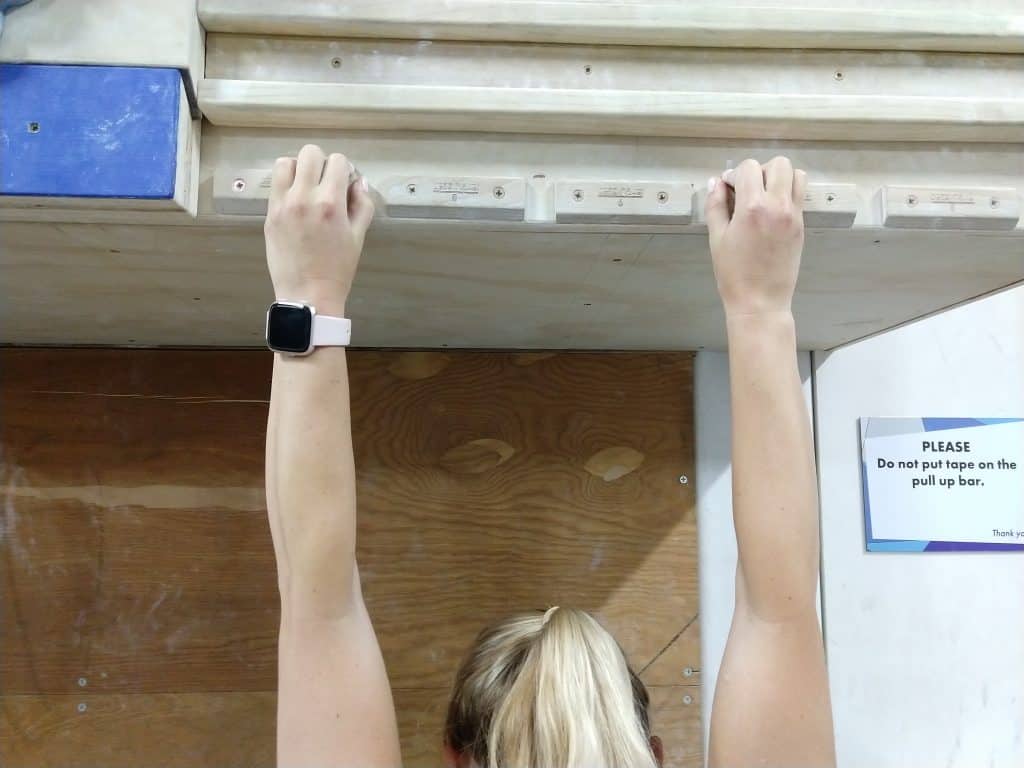
In this training, we want to utilize only small holds on the hang board. The goal is to find a hold on the hang board that with two hands you can hang for roughly 20 seconds with max effort. You don’t want to feel like your fingers are going to explode, but enough that it isn’t causal. Now repeat this until it is quite difficult to hang. The goal for this is to gain comfort in the small holds that are near a maximum limit. You will find that once you do this enough many holds previously thought to be impossible will now seem more comfortable. Climbing can be a game of pain tolerance, so hopefully, this can help build some up.
Depending on your finger strength the hang board holds will be different. For example, in the picture, we are using 10mm edges which are near maximum effort. Adding thumbs can help make them more comfortable once you are feeling more exhausted during a session. Make sure to engage shoulders and follow all other forms of other hang board workouts. Without proper form, you will not gain proper strength and can also injure yourself. More info on good hang boarding form here.
Final Thoughts
This is in no way supposed to be an exhaustive list of how to train for climbing. This is purely a few exercises that can help you build up a weak area of your climbing.
We are excited to see how everyone uses this information to get stronger and Crush their projects! If you have any questions or concerns please leave a comment below or contact us. We’d love to hear your thoughts and look forward to responding!
Now when someone asks you if you only climb “Big Moves Big Holds” you can smile and say “Nope”.

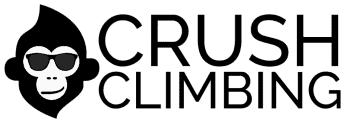


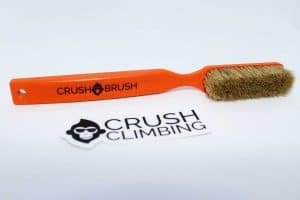
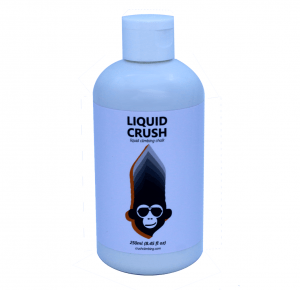

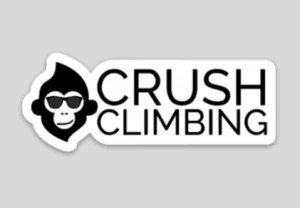
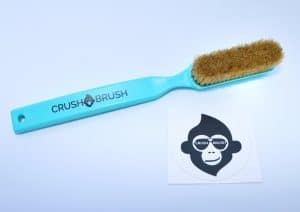
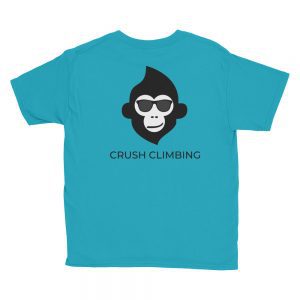
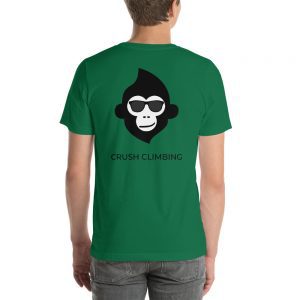
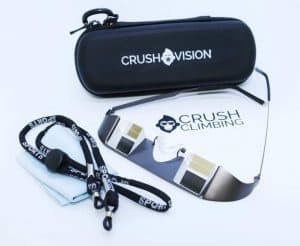


Good advice! Now if only I could convince myself to put in that training work after a boulder session instead of falling off the hard slab problem for the 25th time…
Word to the wise, stay away from hard slab problems all costs!!! Seriously though, it can be very difficult to hit the training room when your friends are all trying a hard problem. Try to get a partner to keep you accountable and set short and long term goals. Training can actually be lots of fun if you do it right. Keep crushing it, Max!